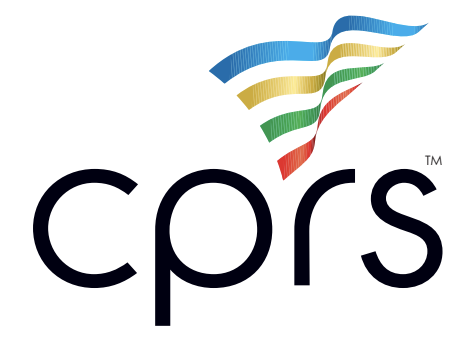The Value of Reports
Reporting &
Metrics Matter

Riverside, CA
As Michelle Obama once said, “Parks and playgrounds are not just places for kids to play. They are also critical infrastructure that shapes the character of our communities, protects our environment, and brings people together.” Accurate and meaningful data collection is essential to understanding the true value that parks provide within a community.
Traditional reporting methodologies often focus on easily collected data that may not fully capture the broader, substantial impacts that parks have on communities. If reports are too complex to create or lack relevance to the wider community context, they are less likely to be produced and even less likely to convey comprehensive meaning.
Demonstrating the societal value of parks—including their economic, environmental, and safety benefits—is crucial for agencies tasked with maintaining and developing local park assets. When key decision-makers and stakeholders lack information that highlights the inherent value of parks, the security and funding of these assets can be jeopardized.
Effective reports should illuminate the economic benefits, environmental enhancements, and safety improvements provided by parks and park systems. Specific, accurate, and evidence-based reports can showcase the financial impact of a single park or an entire park system in significant ways.
The Economic Parks Impact Calculator is designed to utilize readily available user inputs combined with verified source data to quantify the often unseen impacts of parks. This tool generates meaningful reports that objectively articulate the value of parks, helping to justify the need for allocated resources.
Sunnyvale, CA
 As Michelle Obama once said, “Parks and playgrounds are not just places for kids to play. They are also critical infrastructure that shapes the character of our communities, protects our environment, and brings people together.” Accurate and meaningful data collection is essential to understanding the true value that parks provide within a community.
As Michelle Obama once said, “Parks and playgrounds are not just places for kids to play. They are also critical infrastructure that shapes the character of our communities, protects our environment, and brings people together.” Accurate and meaningful data collection is essential to understanding the true value that parks provide within a community.
Traditional reporting methodologies often focus on easily collected data that may not fully capture the broader, substantial impacts that parks have on communities. If reports are too complex to create or lack relevance to the wider community context, they are less likely to be produced and even less likely to convey comprehensive meaning.
Demonstrating the societal value of parks—including their economic, environmental, and safety benefits—is crucial for agencies tasked with maintaining and developing local park assets. When key decision-makers and stakeholders lack information that highlights the inherent value of parks, the security and funding of these assets can be jeopardized.
Effective reports should illuminate the economic benefits, environmental enhancements, and safety improvements provided by parks and park systems. Specific, accurate, and evidence-based reports can showcase the financial impact of a single park or an entire park system in significant ways.
The Economic Parks Impact Calculator is designed to utilize readily available user inputs combined with verified source data to quantify the often unseen impacts of parks. This tool generates meaningful reports that objectively articulate the value of parks, helping to justify the need for allocated resources.
This Parks Impact Calculator will develop a meaningful report that will support and influence decision makers to continue to allocate resources for parks.




